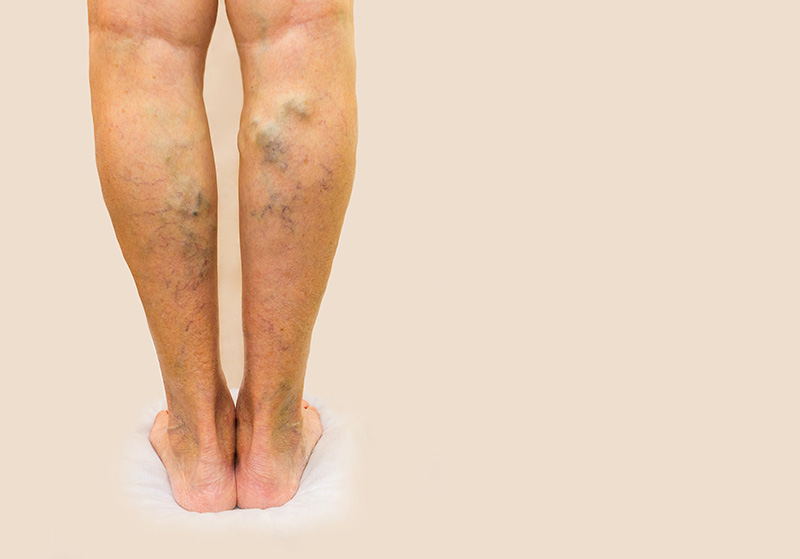Have you ever noticed heaviness, fatigue, or even throbbing in your legs, especially after standing or sitting for long periods? These could be warning signs of venous reflux disease (VRD), a condition where blood flow in your leg veins struggles against gravity to return to your heart. While it’s most common in the legs, VRD can also affect other areas like the groin or even the rectum.
What is Venous Reflux Disease?
VRD occurs when tiny valves within your leg veins malfunction, allowing blood to flow backward and pool in your lower legs. This pooling leads to increased pressure, causing a cascade of unpleasant symptoms like:
- Swelling (edema): Your ankles and feet are often the first to show the telltale signs of swelling, which can worsen throughout the day and improve with elevation.
- Aching, heaviness, and fatigue: Your legs may feel tired, heavy, and achy, especially after prolonged standing or sitting.
- Discoloration: Skin around your ankles may develop a brownish or reddish hue due to blood pooling.
- Visible varicose veins: These bulging, twisted veins appear due to increased pressure in the superficial veins.
- Skin changes: Dryness, itching, and even eczema can occur on the affected skin due to impaired circulation.
- Leg ulcers: In severe cases, chronic venous insufficiency can lead to open sores on the legs that are slow to heal.
Types of Venous Reflux:
VRD can be categorized into two main types:
- Superficial venous reflux: This affects the smaller veins closer to the skin’s surface and is often associated with visible varicose veins.
- Deep venous reflux: This affects the larger veins deeper within the leg and can be more serious, potentially leading to blood clots.
Diagnosing Venous Reflux:
If you suspect VRD, a doctor will likely perform a physical examination and ask about your symptoms. They may also order tests like:
- Doppler ultrasound: This painless test uses sound waves to assess blood flow and identify any valve damage.
- Plethysmography: This test measures blood volume changes in your legs to assess the severity of VRD.
Treatment Options for Venous Reflux:
The good news is that VRD doesn’t have to be a lifelong burden. Treatment options are available to manage symptoms and prevent complications, including:
- Lifestyle changes: Elevating your legs, wearing compression stockings, maintaining a healthy weight, and exercising regularly can significantly improve symptoms.
- Minimally invasive procedures: Sclerotherapy injects a solution to collapse affected veins, while laser ablation uses heat to achieve the same result. VenaSeal uses a medical adhesive to seal off the affected vein from the inside
- Surgery: In severe cases, surgical intervention may be necessary to remove or repair damaged veins.
The Dangers of Untreated Venous Reflux Disease
Early diagnosis and treatment of VRD are crucial to prevent complications like skin ulcers and blood clots. If you experience any of the symptoms mentioned above, don’t hesitate to consult a United Vein and Vascular Center specialist. With proper management, you can keep your legs feeling and looking their best for years to come.

